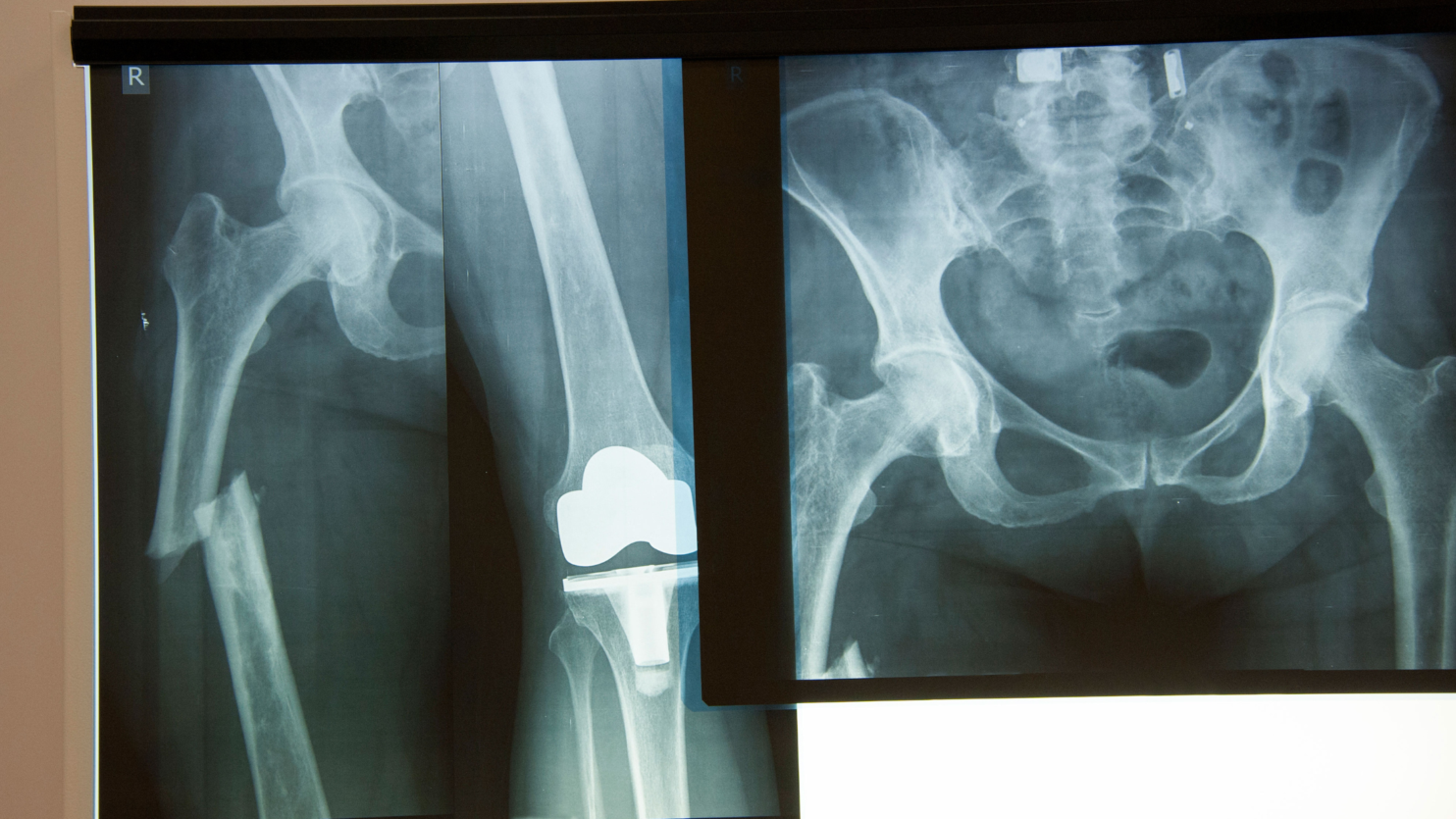Knee and hip replacement surgeries have become commonplace, offering relief to millions suffering from chronic joint pain, arthritis, and mobility issues. Over the last decade, these procedures have undergone significant advancements—not just in surgical techniques, but also in materials, technology, and patient outcomes. Today’s joint replacements are more personalized, less invasive, and promote faster recovery than ever before. If you or someone you love is considering joint replacement, understanding these innovations could be a game changer.
New Technology and Advancements in Knee and Hip Replacement Surgery
1. Robotic-Assisted Surgery
One of the most revolutionary changes in orthopedic surgery is the introduction of robotic-assisted procedures. Robotic systems such as Mako (by Stryker) and ROSA (by Zimmer Biomet) allow surgeons to perform joint replacements with extreme precision. These systems use preoperative CT scans to create 3D models of the patient’s anatomy. During surgery, the robot assists in guiding the surgeon’s tools, ensuring optimal alignment and placement of the implant.
Why it matters: Proper implant alignment significantly improves the longevity of the replacement and reduces the risk of complications. Robotic assistance also allows for smaller incisions, which translates to less tissue damage and quicker recovery times.
2. Minimally Invasive Techniques
Traditional joint replacement surgery involves a large incision and significant disruption of muscles and tendons. Modern minimally invasive approaches reduce the size of incisions and aim to preserve as much natural tissue as possible. For example, the anterior approach to hip replacement accesses the joint from the front of the body rather than the side or back, avoiding major muscle groups.
Benefits include:
- Less postoperative pain
- Reduced blood loss
- Shorter hospital stays
- Faster return to normal activities
These techniques require a skilled and experienced surgeon, but when done correctly, they can significantly enhance the patient experience.
3. Custom and 3D-Printed Implants
Every patient is different, and personalized implants are becoming increasingly popular. Using imaging technology like MRI and CT scans, orthopedic teams can design custom implants that perfectly fit a patient’s anatomy. In some cases, 3D printing is used to manufacture these implants with incredible precision.
3D printing also allows for porous surfaces on implants that promote better integration with the patient’s bone, reducing the risk of loosening and improving long-term outcomes.
4. Advanced Materials
Implant longevity depends heavily on the materials used. Traditional implants used metal alloys and plastics, but recent advancements have led to more durable, wear-resistant options. Some notable innovations include:
- Highly cross-linked polyethylene (HXLPE): This type of plastic used in joint linings significantly reduces wear particles that can lead to implant failure.
- Ceramic-on-ceramic bearings: Known for their smooth surface and resistance to wear, ceramic materials are ideal for younger, more active patients.
- Antibacterial coatings: To reduce the risk of post-surgical infections, some implants are now coated with silver or other antimicrobial substances.
These improvements help implants last longer—many now exceed 20 years of functional life.
5. Enhanced Recovery After Surgery (ERAS) Protocols
Surgery is only part of the equation. The recovery process plays a critical role in overall success. Enhanced Recovery After Surgery (ERAS) protocols are structured, multidisciplinary approaches designed to speed up recovery and reduce complications. These protocols typically include:
- Preoperative education
- Nutritional optimization
- Multimodal pain management
- Early mobilization after surgery
As a result, many patients are now going home within 24–48 hours after joint replacement—some even on the same day!
6. Outpatient Joint Replacement Surgery
Thanks to less invasive techniques, better anesthesia, and improved pain control, outpatient joint replacements are becoming more common. In qualified patients, knee and hip replacements can be done in ambulatory surgical centers, allowing them to return home the same day.
Outpatient surgery offers several benefits:
- Lower costs
- Reduced risk of hospital-acquired infections
- Greater comfort during recovery
However, not everyone is a candidate. Outpatient procedures are typically reserved for younger, healthier individuals with strong support systems at home.
7. Telemedicine and Remote Monitoring
Postoperative care doesn’t end when the patient leaves the hospital. Wearable devices and mobile apps now allow for remote patient monitoring, giving surgeons real-time data on a patient’s recovery, activity levels, and joint function. Combined with telemedicine follow-ups, this ensures continuous care while reducing the need for frequent in-person visits.
Some wearables even offer biofeedback to guide physical therapy exercises, helping patients recover more efficiently at home.
8. Biologic Enhancements and Regenerative Medicine
Though still in early stages, biologic treatments are making their way into joint replacement surgery. Surgeons are beginning to incorporate biologics such as platelet-rich plasma (PRP) and stem cell therapies to improve healing, reduce inflammation, and support tissue regeneration around the new joint.
There’s also ongoing research into combining joint replacements with bone grafts and growth factors to stimulate the body’s natural healing processes, particularly in patients with poor bone quality.
9. Artificial Intelligence and Predictive Analytics
Artificial intelligence (AI) is being used to predict patient outcomes, personalize treatment plans, and identify potential risks before surgery. Machine learning algorithms can analyze thousands of data points from medical records, helping surgeons make better decisions about surgical approach, implant selection, and rehabilitation protocols.
AI is also playing a role in surgical training, using virtual simulations to help newer surgeons master advanced techniques in a risk-free environment.
Final Thoughts
Knee and hip replacement surgeries have come a long way from the days of long hospital stays and uncertain outcomes. Today’s procedures are smarter, safer, and more tailored to the individual. Whether it’s a robotic arm guiding a surgeon, a custom 3D-printed implant perfectly matching your anatomy, or an app that tracks your progress from home—technology is reshaping how we treat joint pain.
As these advancements continue to evolve, patients can expect even better outcomes with faster recovery, fewer complications, and a higher quality of life. If you’re considering knee or hip replacement, be sure to talk with your orthopedic surgeon about the latest options available to you. The future of joint replacement is already here—and it’s looking better than ever.

